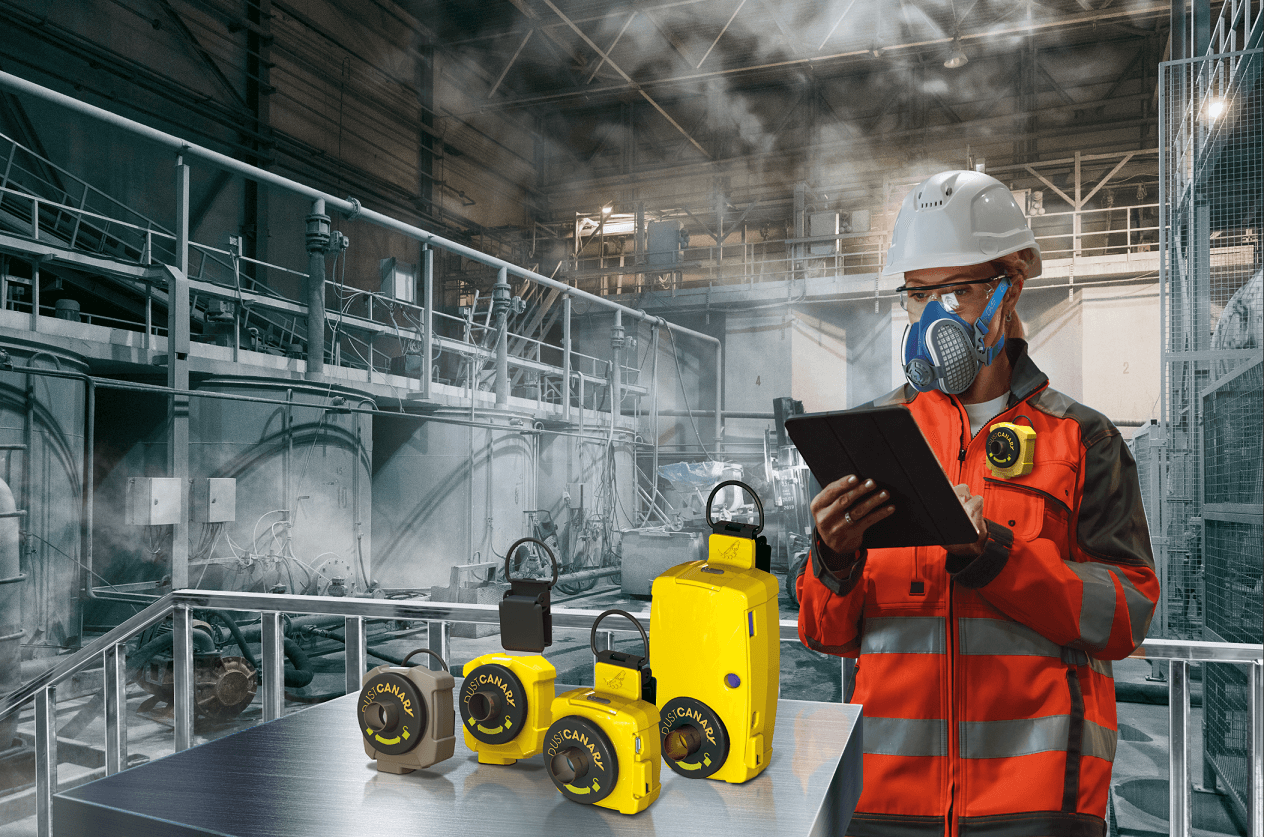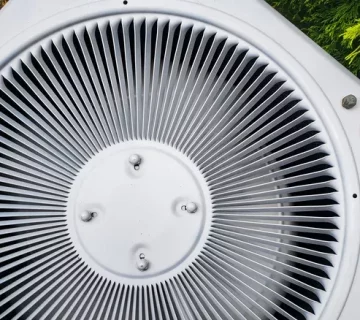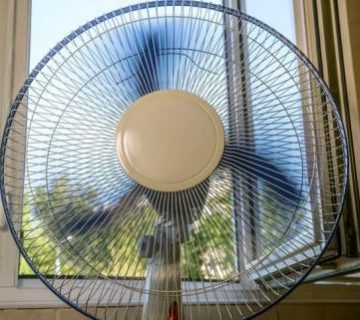Sensors are becoming ubiquitous in our lives, from wearable tech to smart cities. In the realm of occupational health and safety, sensors play a pivotal role in exposure monitoring, emergency response, and enhancing worker-machine interactions. Real-time respirable dust monitors, while a niche application, offer unique benefits. These devices provide vital insights into workers’ exposure to potentially harmful dust particles, allowing for timely adjustments in safety measures. Let’s delve into the world of these innovative monitors and their applications.
Evolution of Dust Monitoring
The earliest real-time dust monitors in industrial settings were cumbersome, complicated to operate, and had limited functionalities. However, the landscape has transformed significantly. Today’s monitors are compact, user-friendly, equipped with advanced displays and software, and some even feature real-time data sharing through Bluetooth and cloud technology. As their popularity soars, it’s crucial to understand their performance and impact accurately.
Components of a Personal Dust Monitor
While real-time respirable dust monitors vary in features, they typically consist of three main components: a size selector, a sensing element, and an optional filter media. The size selector is essential for focusing on respirable dust, while the sensing element serves as the core of the measurement. Most monitors on the market operate as optical particle counters, where dust particles interact with a light beam, generating data on mass concentration.
Some monitors also collect dust samples on a filter for post-analysis, which can verify and refine the algorithm’s results, making them valuable for specific investigations.
Introducing Helmet-CAM: Real-time Activity Monitoring
Real-time dust monitors have played a pivotal role in enhancing workplace safety. However, there was one piece missing from the puzzle: real-time information about a worker’s specific tasks during the day. This gap was addressed with the development of Helmet-CAM, a monitoring approach that involves attaching a small camera to a worker’s helmet or shoulder. It records the worker’s activities in real-time, allowing for synchronization with exposure data. This combination of monitor data and Helmet-CAM insights has had a significant impact on workers’ exposure to respirable dust, as well as their awareness of health hazards.
Revealing Insights from Aggregated Data

With the extensive use of personal real-time dust monitors, a wealth of data has been generated. A study was initiated to analyze aggregated data from over ten monitoring sessions involving 80 miners. The goal was to determine if an algorithm could quickly identify elevated exposure events, which are often linked to serious dust emissions. The preliminary findings were illuminating:
- Episodes of significantly higher respirable dust mass concentration (over 10 times the mean) were generally short-lived, lasting around 2 minutes.
- These high-concentration episodes accounted for only 2% of the total monitoring time, which translates to just 10 minutes in an eight-hour work shift.
- Addressing these short-lived spikes had a substantial impact, reducing the average exposure of workers by 20% or more.
This study underscores the importance of addressing brief, high-concentration episodes to lower workers’ average exposure effectively.
Testing Monitor Performance
The accuracy of data generated by real-time respirable dust monitors is a critical factor in their utility. A recent study evaluated the performance of three commercially available monitors in a controlled dust chamber. Each monitor was freshly calibrated by the manufacturer and tested alongside traditional samplers using Arizona Road Dust (A1-fine) as the standard aerosol.
The results were surprising: correction factor values for the monitors ranged from 0.85 to 1.5 on average, instead of the expected value of 1. This underscores the importance of calibrating monitors for each new type of dust, a procedure that may not always be followed in practice. The NIOSH Mining Program is set to publish the full results soon.
Next Steps in Dust Monitoring
While real-time dust monitors have made significant strides, more research is needed. The focus should be on assessing the accuracy of the data, inter-unit precision, the influence of dust type and environmental conditions on monitor performance, and industrial hygienists’ best practices in utilizing these devices. Direct collaboration with monitor developers and manufacturers is crucial for this effort.
The vast amount of data generated by these monitors also offers opportunities for further research into health and safety management systems. The NIOSH Center for Direct Reading and Sensor Technologies has launched the “right sensors used right” initiative, with a particular emphasis on real-time respirable dust monitors. Activities will be organized in the coming months, engaging industry stakeholders and experts in discussions about the correct selection and use of these monitors.
In summary, real-time respirable dust monitors have come a long way, enhancing workplace safety and providing valuable data. However, challenges and opportunities remain, and ongoing research is essential to ensure the best utilization of these innovative devices.






No comment